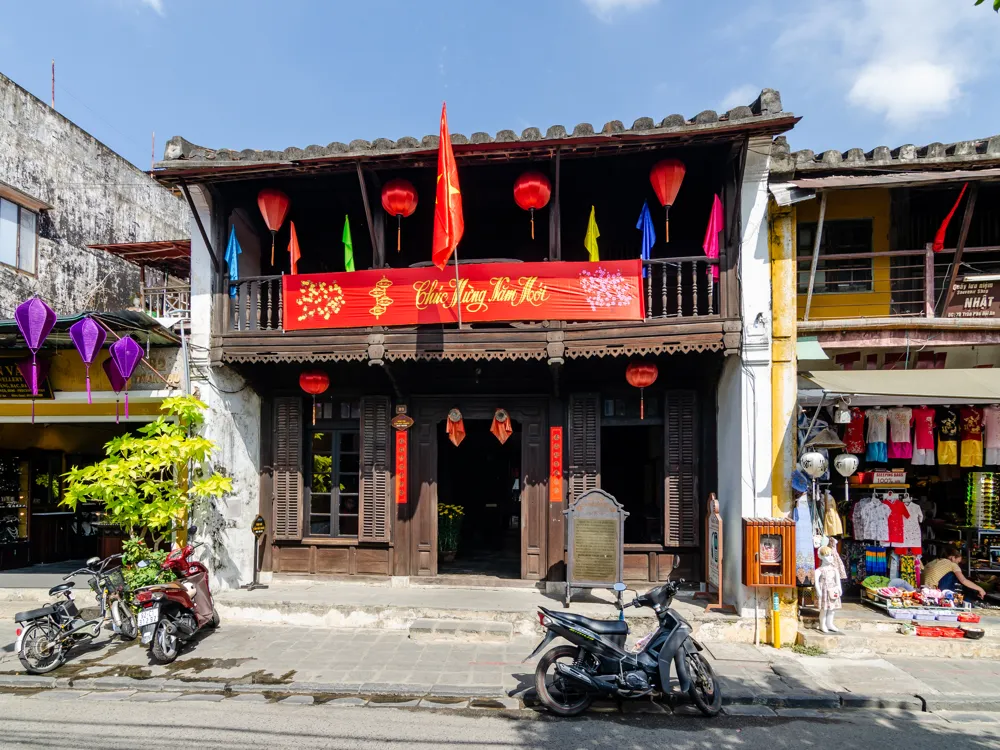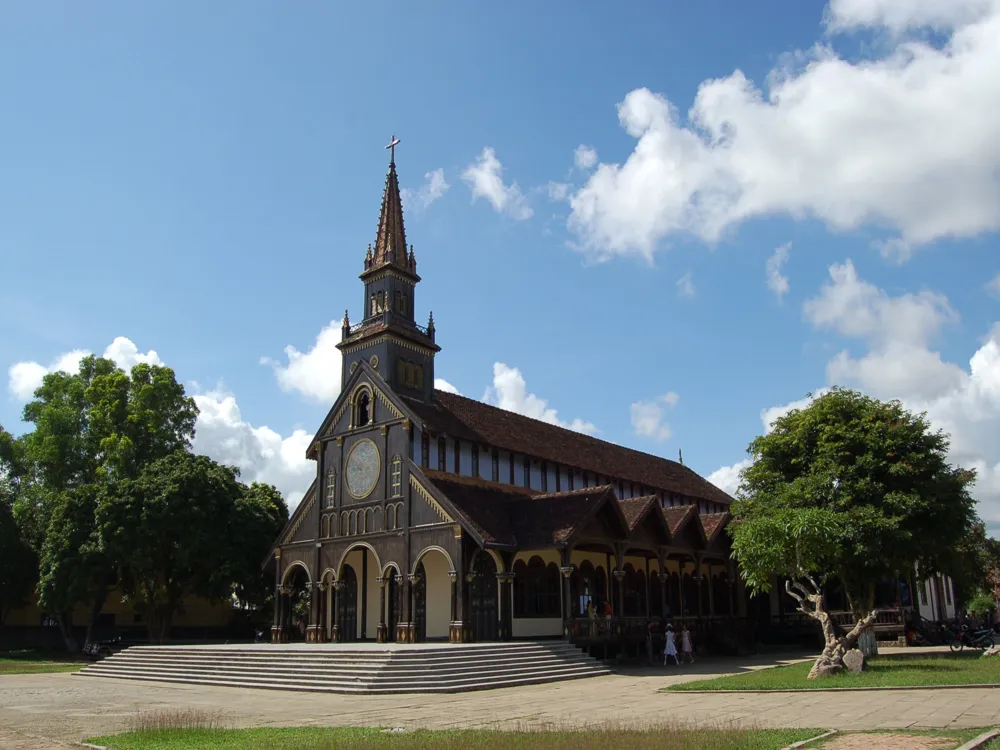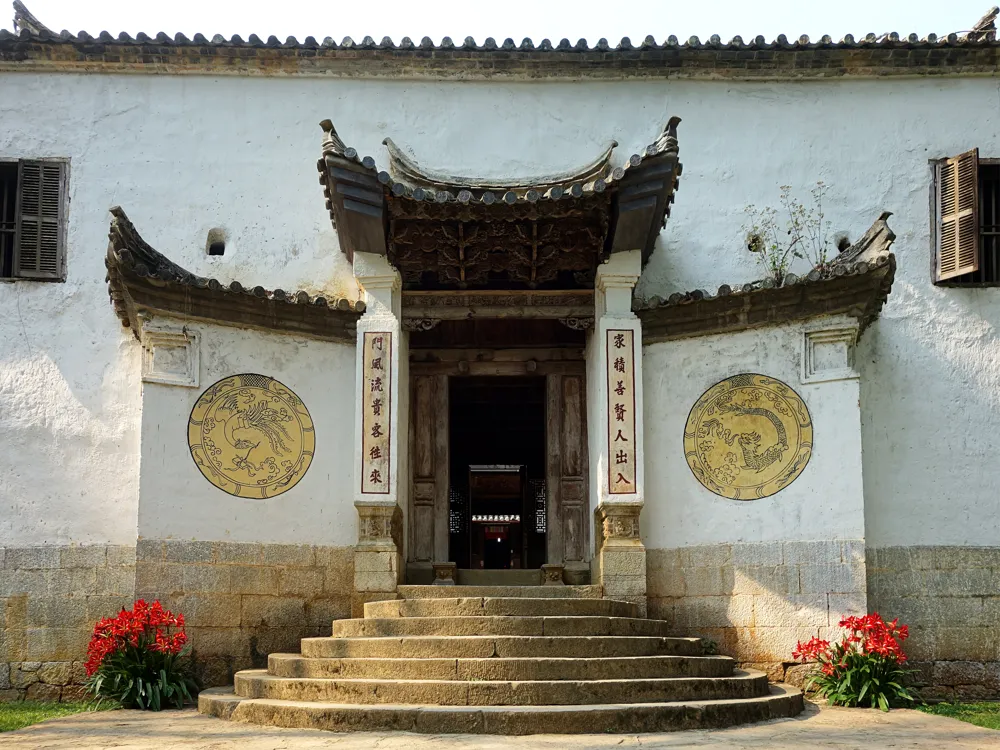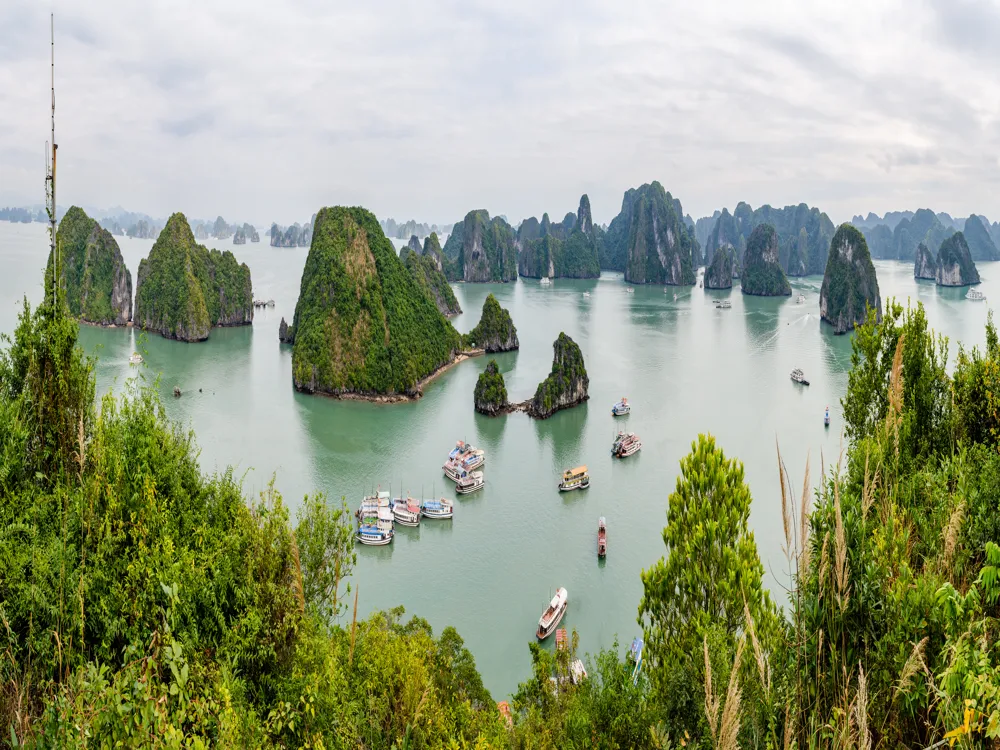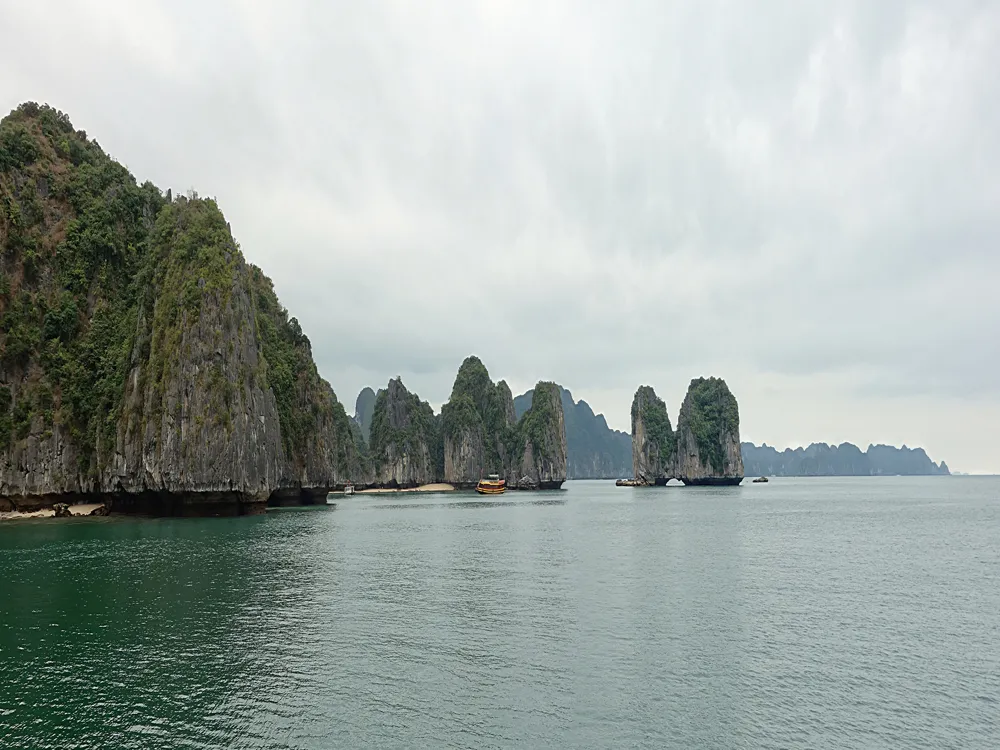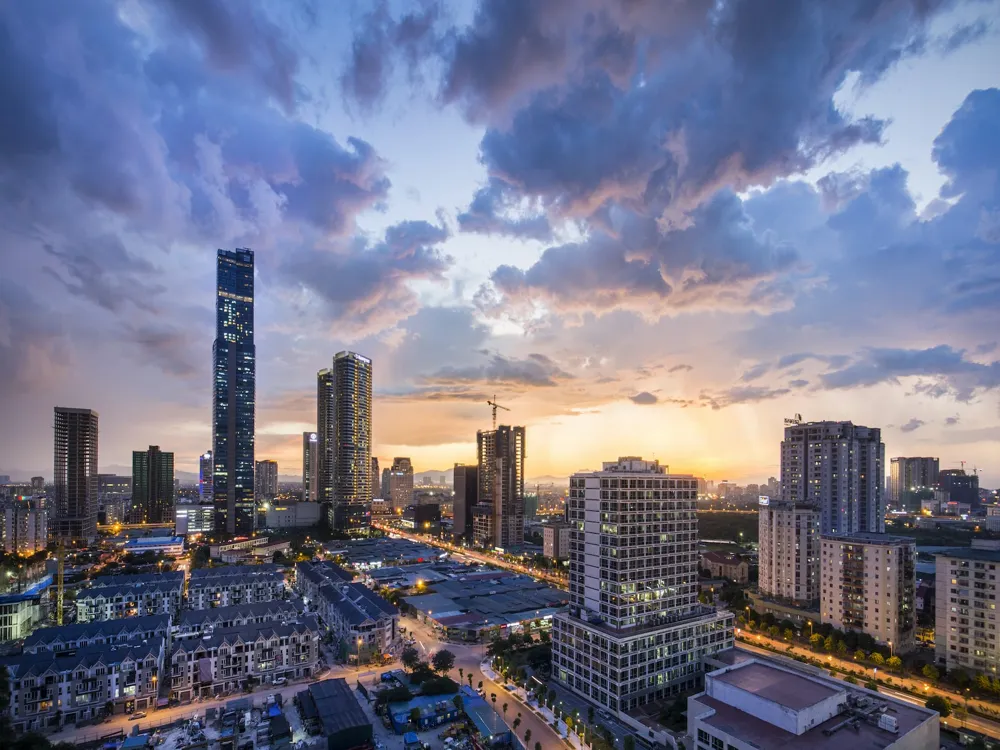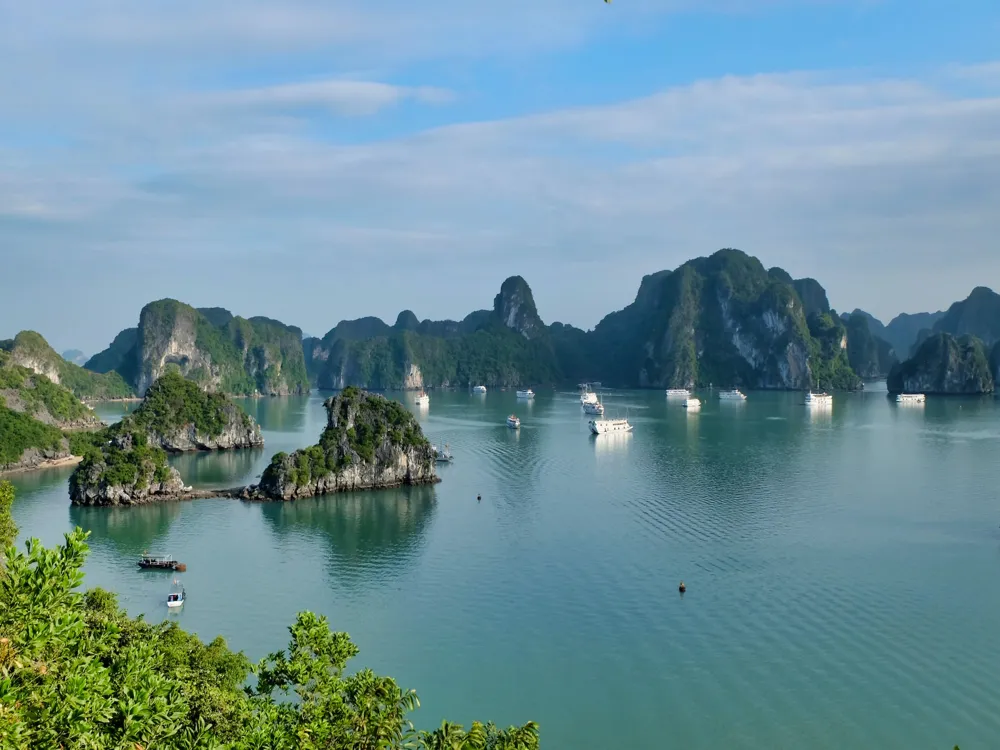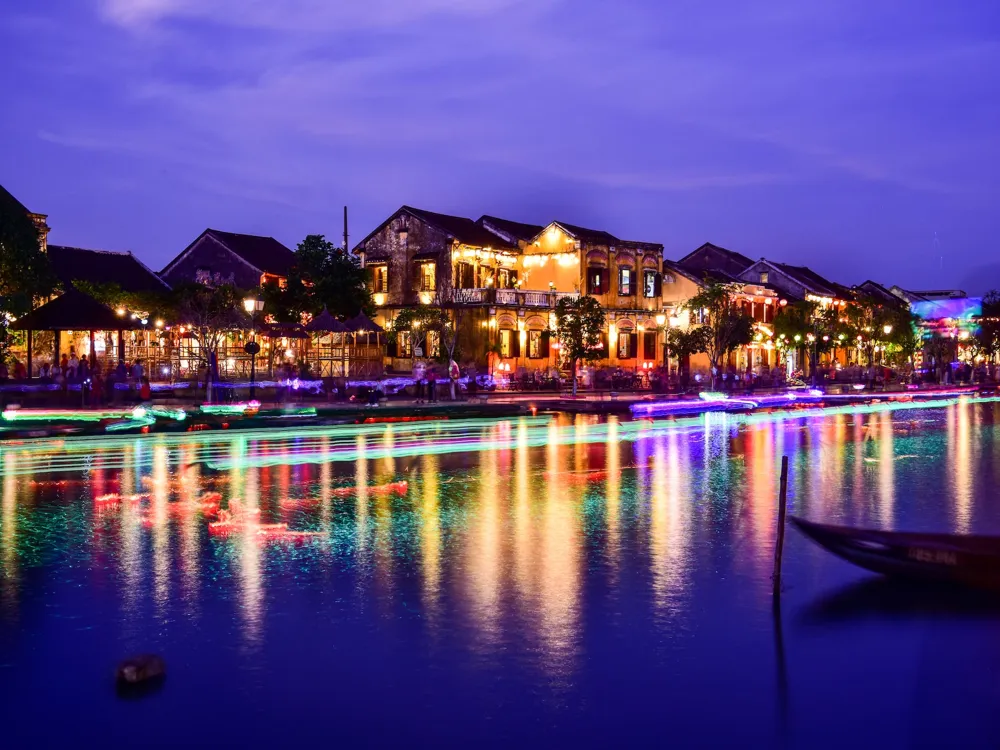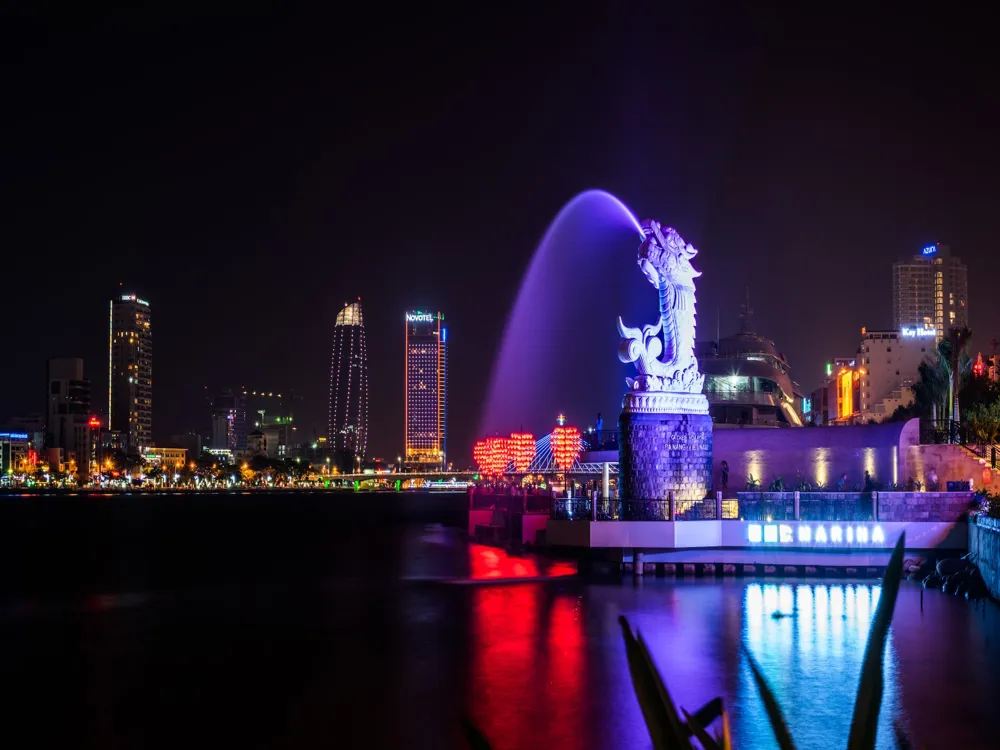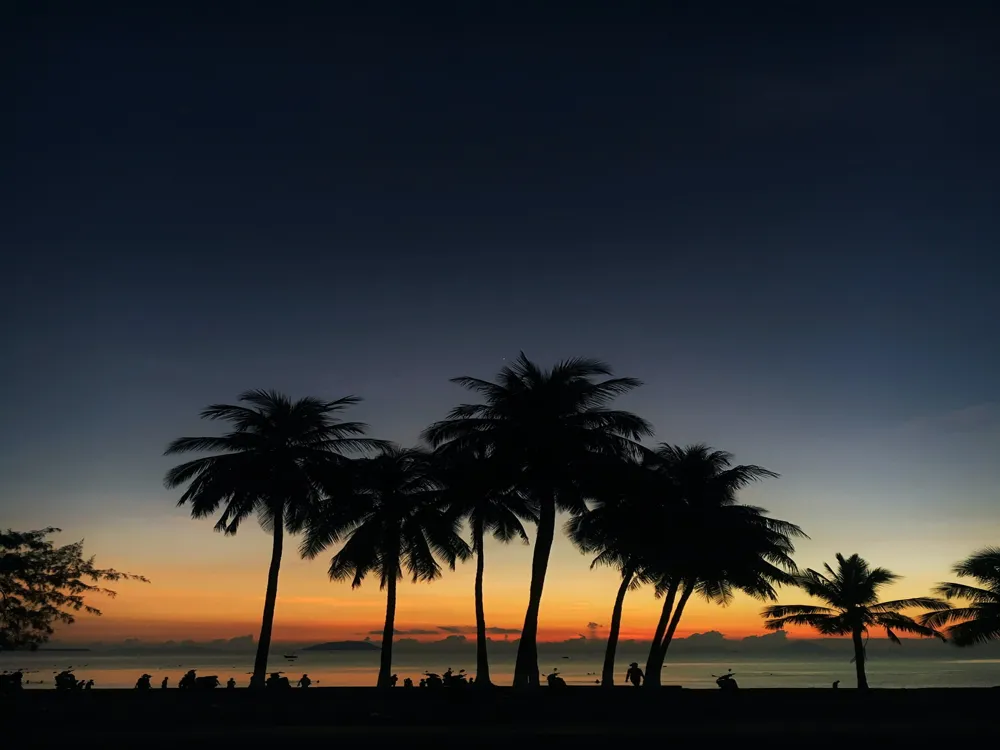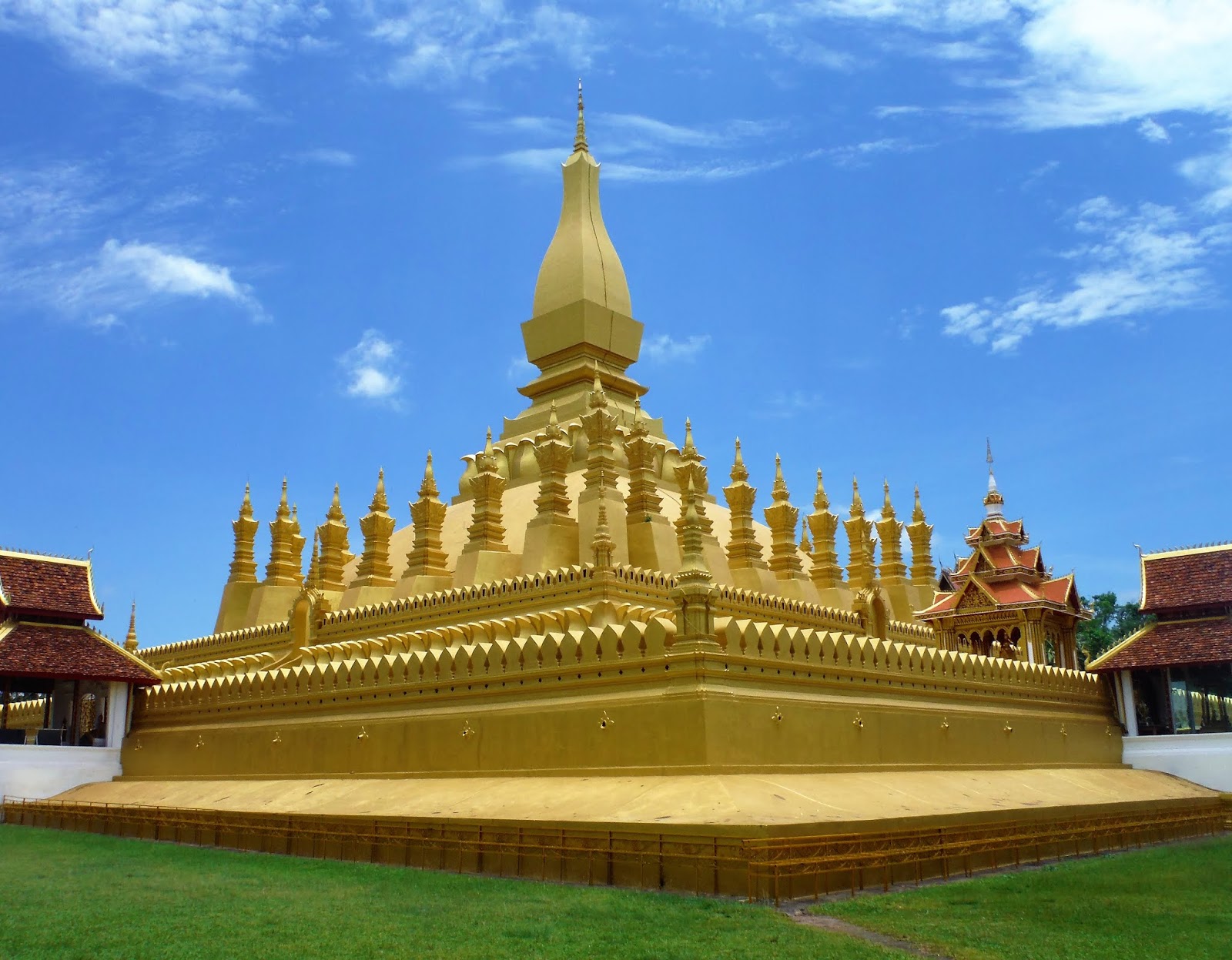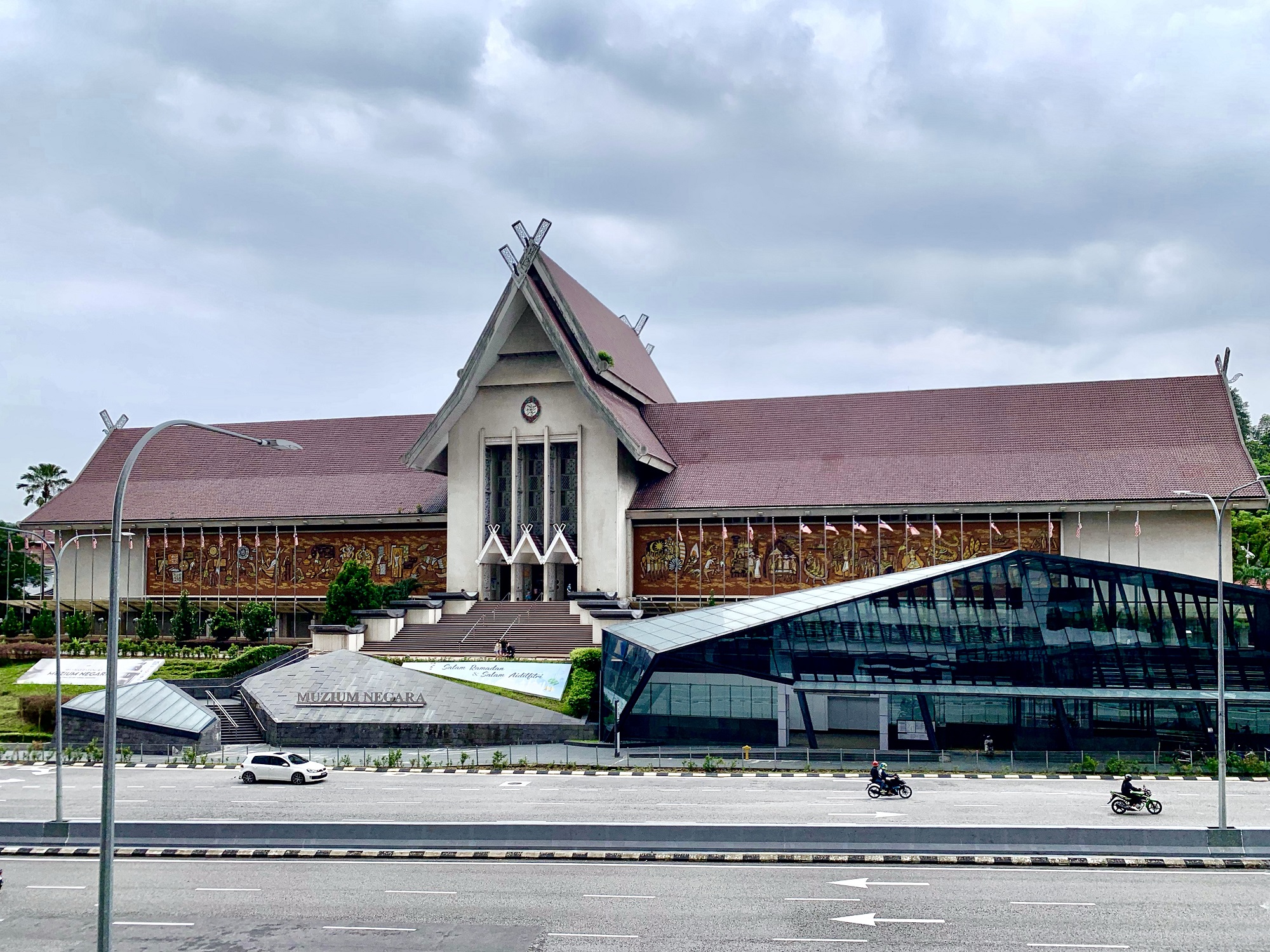What is the Best Time to Visit Vietnam?
Vietnam, a country rich in history, culture, and natural beauty, welcomes travellers throughout the year. Choosing the right time to visit is crucial to ensure an optimal experience. Let's delve into the best times to explore this Southeast Asian gem.
November through April is the ideal time of year to travel to Vietnam.
There are regional differences in Vietnam's weather. May through October is hot and muggy, with lots of rain in Hanoi and the north; November through April is colder and drier. December and January may be very frigid in the far north.
Between January and August, when temperatures can reach the mid-30°C range, Central Vietnam enjoys hot, dry weather. September, October, and November can see heavy rains.
November to April is typically dry and hot in southern Vietnam; May to October is warm and wet, with June, July, and August seeing the most rainfall.
More about the Best Time to Travel to Vietnam
Vietnam's climate is diverse, presenting three distinct seasons: winter (November–February), summer (March–June), and monsoon (July–October). Each season offers unique charms and activities for travellers. Vietnam is a nation longer than 1,000 miles, and as you go from north to south, the temperature changes significantly from temperate to tropical. Vietnam is a year-round travel destination because of its variety, but the ideal time to visit the entire nation is usually in the spring, from March to April, when days are generally nice, temperatures are reasonable, and rainfall is low. In other seasons of the year, the tropical monsoon brings torrential rainfall and sporadic flooding, while summer days can be unbearably humid and muggy due to excessive temperatures.
Travel Peak Season in Vietnam
The peak season, spanning from November to February, witnesses cool, dry weather, making it ideal for outdoor adventures and cultural exploration. Tourists flock to marvel at Vietnam's landscapes without the discomfort of extreme temperatures.
-
Cool and dry weather:
- November to March are characterised by cooler and drier weather in most parts of Vietnam.
- Temperatures are more comfortable, and there is less rainfall compared to the summer months.
-
Ideal for outdoor activities:
- The pleasant weather during the peak season makes it ideal for outdoor activities, including exploring cities, trekking, and visiting natural attractions.
-
Festivals and celebrations:
- Several festivals and celebrations take place during the peak season, offering a cultural and vibrant atmosphere.
- Tet, the Vietnamese New Year, is a major celebration that usually occurs in January or February.
-
Popular tourist destinations:
- Popular tourist destinations, such as Hanoi, Ho Chi Minh City, Halong Bay, and Hoi An, experience high visitation during this time.
- Coastal areas are particularly attractive, and beach resorts have become popular.
-
Flower Blooms:
- In the spring months, especially around Tet, various flowers, including cherry blossoms, bloom, adding to the scenic beauty.
-
Cruise Season in Halong Bay:
- Halong Bay experiences a high number of visitors during the peak season, and cruises on the bay are popular.
- The clear skies and calm waters make it an ideal time for a cruise.
Travel Offseason in Vietnam
The offseason, from July to October, brings monsoons, creating a lush, green landscape. While rain showers are frequent, this season offers a unique perspective on Vietnam's natural beauty, often quieter and more serene.
-
Rainy Season:
- The offseason is characterised by the rainy season, particularly from June to August.
- Heavy rainfall can lead to flooding in certain areas, especially in the central and northern regions.
-
High Humidity:
- The offseason is associated with high humidity levels, making the weather feel hot and sticky.
- This can impact the overall comfort of outdoor activities.
-
Tropical Storms:
- Vietnam is prone to tropical storms and typhoons during the offseason, especially from July to October.
- Coastal areas may be affected, and travel plans could be disrupted.
-
Mudslides and Landslides:
- The heavy rainfall can lead to mudslides and landslides in hilly or mountainous regions, affecting transportation and accessibility.
-
Lower tourist numbers:
- Due to the weather conditions, the offseason sees a decrease in tourist numbers.
- Some attractions and tours may have reduced operating hours or temporary closures.
-
Discounted Accommodations:
- To attract visitors during the offseason, accommodations may offer discounted rates.
- Travellers can take advantage of lower prices for hotels and other lodgings.
-
Countryside Lushness:
- Despite the challenges, the off-season brings lush greenery to the countryside.
- Nature enthusiasts may appreciate the vibrant landscapes during this time.
Vietnam Weather in Winter (November–February)
Vietnam Weather in November
As winter approaches, November brings a pleasant climate, with temperatures ranging from 20°C to 25°C. It's an excellent time to explore the northern regions and immerse yourself in the rich culture.
Vietnam Weather in December
December marks the onset of winter, with temperatures dropping slightly. Festivals and celebrations abound, providing a vibrant cultural experience across the country.
Vietnam Weather in January
January is the coolest month, with temperatures ranging between 10°C and 20°C. This is perfect for those who enjoy a crisper climate while exploring Vietnam's diverse landscapes.
Vietnam Weather in February
February signals the end of winter, with temperatures gradually rising. It's an ideal time for beach lovers as the coastal areas become more inviting.
Vietnam Weather in Summers (March to June)
Vietnam Weather in March
As summer sets in, March brings warmer temperatures, ranging from 15°C to 30°C. It's an excellent time to explore central and southern Vietnam.
Vietnam Weather in April
April marks the peak of spring, with temperatures rising further. This month offers a fantastic blend of warm weather and cultural festivities.
Vietnam Weather in May
May signifies the transition to summer, with temperatures ranging from 25°C to 35°C. It's an ideal time for beach vacations and outdoor activities.
Vietnam Weather in June
June heralds the beginning of summer, with temperatures peaking. Coastal areas become popular, providing relief from the heat.
Vietnam Weather in Monsoon (July–October)
Vietnam Weather in July
July marks the onset of the monsoon season, bringing rain and cooler temperatures. It's a quieter time for travel, perfect for those seeking a more contemplative experience.
Vietnam Weather in August
August continues the monsoon season, offering lush landscapes and occasional rain showers. Travellers can enjoy the tranquilly and beauty of Vietnam in a more relaxed setting.
Vietnam Weather in September
September sees the tail end of the monsoon, with rain becoming less frequent. It's an excellent time for budget-conscious travellers, as prices may dip during this transitional period.
Vietnam Weather in October
October marks the conclusion of the monsoon season, with clearer skies and comfortable temperatures. It's an optimal time for exploring diverse regions without crowds.
Conclusion
Choosing the best time to visit Vietnam depends on personal preferences and the type of experience you seek. Whether it's the vibrant festivities of winter, the warmth of summer, or the tranquilly of the monsoon season, Vietnam has something to offer year-round.
Tourist Places to Visit in Vietnam
Hanoi
Perched on the banks of the Red River in Northern Vietnam, Hanoi is Vietnam's capital and one of the world's most ancient cities. Boasting well-preserved colonial buildings, golden pagodas, unique museums, mouthwatering cuisine, entertainment destinations, and traditional bazaars, Hanoi is a melting...
Ho Chi Minh City
Popularly known as Saigon, Ho Chi Minh City in southern Vietnam is the largest city and the financial and cultural capital of the country. Ho Chi Minh City is a fast-paced city deeply rooted in its cultural roots whilst quickly having adapted to the demands of urbanisation. Here you will find o...
Halong Bay
Characterised by towering karst limestone pillars and small islets of various shapes and sizes amidst crystal blue waters, Halong Bay's ethereal beauty is a sight to behold. Located in northern Vietnam, it is the most popular tourist spot this side of the country. Halong Bay, where 'Halong' translat...
Hoi An
One of the oldest cities in Asia, Hoi An is a town in central Vietnam which was declared as a World Heritage Site by UNESCO in 1999. Located south of Danang, Hoi An translates to 'a peaceful meeting place'. It is culturally and historically one of Vietnam's most important towns and also one of the r...
Da Nang
Da Nang sits prettily on the east coast of Vietnam, right between Hanoi and Ho Chi Minh City. Popularly known as the tourist capital of South-Central Vietnam, Da Nang is truly stunning - filled with beaches, museums, evolving nightlife and world-class infrastructure. On the South China Sea coast, wi...
Nha Trang
Home to some of the most beautiful bays in the world, Nha Trang on the coast of Southern Central Vietnam, is a popular beach resort city. While the fine powdery white crescent beach is a highlight of the shoreline, regular makeovers have produced parks, sculpture gardens, bright promenades and beach...
All Places to Visit In Vietnam
Faq
Is it advisable to visit Vietnam during the monsoon season?
While the monsoon season brings rain, it also offers a unique and tranquil experience. Travelers seeking quieter surroundings may find this season appealing.
What activities are popular during the peak season?
The peak season is ideal for outdoor activities, cultural festivals, and exploring Vietnam's diverse landscapes comfortably.
Are there budget-friendly options during the offseason?
Yes, the offseason often presents lower prices for accommodations and activities, making it an attractive option for budget-conscious travelers.
What is the best time for beach vacations in Vietnam?
The summer months, especially May and June, offer optimal conditions for beach vacations with warm temperatures and clear skies.
Are there any must-attend festivals during the winter season?
December hosts numerous festivals and celebrations, offering a vibrant cultural experience for visitors.

